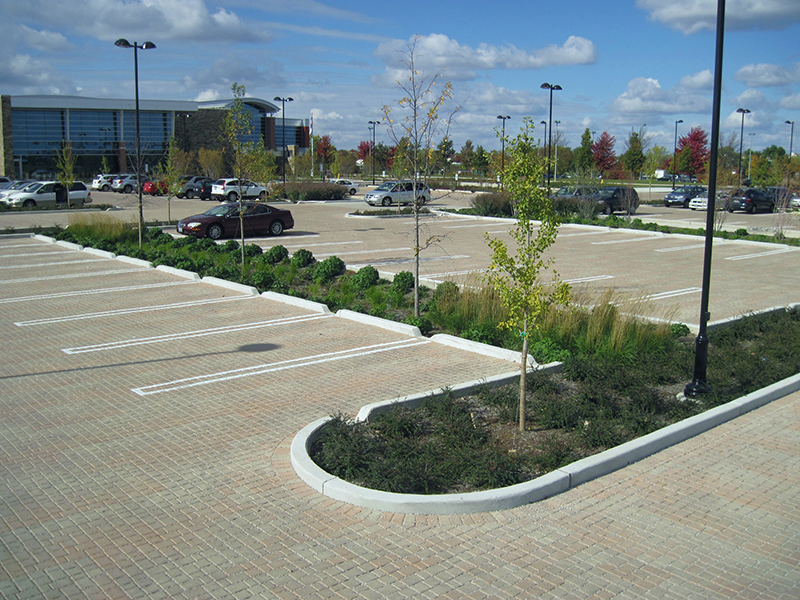O&MOperations and Maintenance Considerations
Operations and maintenance can vary significantly from asset to asset and system to system. Some things to keep in mind when developing the O&MOperations and Maintenance plan are discussed below.
Maintenance for gray assets is typically funded through rates. For green infrastructure, maintenance might be funded in several different ways. The various types of funding are discussed later in the framework.
Not only is the funding for maintenance activities different between systems, but the way maintenance is completed is often different as well. For gray assets, maintenance is typically done by internal personnel. If very specialized knowledge is required, the manufacturer’s technician is brought in. For green infrastructure, some of the maintenance does not require specific knowledge and needs to be completed frequently, such as trash and debris pick up. This type of maintenance might be done through partnerships or other methods. Some of the examples of this green infrastructure maintenance include:
- Contracted maintenance
- Job Training Programs – Philadelphia Water Department and City of Philadelphia are using Power Corps PHL—an AmeriCorps program designed to support environmental stewardship and other initiatives—to train at-risk youth for green infrastructure maintenance jobs – http://powercorpsphl.org/
- High School Partnerships
- Youth Work Corp Partnerships – Bernalillo County, NM
- Work Release Programs
- Training and certification program – Green Stewards Program, Kansas City – https://www.kcsmartsewer.us/initiatives/green-stewards-program
- Community/Neighborhood Partnerships – https://waterwisegulfsouth.org/model/

Regardless of who is completing the maintenance, systems should ensure the budget includes maintenance training. When outside sources are used for maintenance, more frequent training might be necessary.
Maintenance frequency might need to increase for gray assets, while it might decrease for green assets. This is due to how the condition of the assets changes over time. The maintenance should still be planned, but it might be performed at a different frequency in year 5 than in year 1. When maintenance becomes reactive, oftentimes with gray assets the maintenance or repair needs to be completed as soon as possible. For green assets there might be more flexibility and reactive maintenance can become planned. The full functionality of the asset might not be eliminated; therefore, the asset can still do most of its job. This might allow the maintenance budget to be less impacted by reactive type maintenance.
Another consideration where green assets maintenance can differ from gray includes asset ownership. Since green assets might not be owned by the system, they can be a challenge to maintain. However, if good communication is established with the owner, this can be avoided. Systems have established a variety of ways to encourage or require the maintenance of privately owned assets. Several systems provide maintenance training or teaching resources to the owners.
When planning maintenance expenditures, it is important to think through how the asset will need to be maintained, and if that will require any special tools or training. An example would be considering the costs for a sweeper for permeable pavement or including the costs for a hoist to pull a pump. Another factor that can affect expenditure is maintenance can be event-based, such as a rain event or snow event. Maintenance can also be seasonal. This type of maintenance should still be planned and budgeted for.
One other issue that might need to be addressed through the replacement budget that is not related to asset condition or use is asset theft. If the system deals with the theft of assets regularly (such as copper wire, utility access hole covers, or plantings) it would be wise to add a line item to the budget for replacing stolen assets.